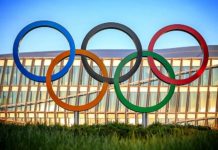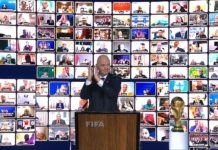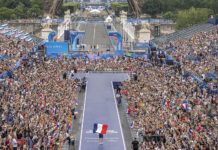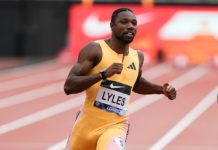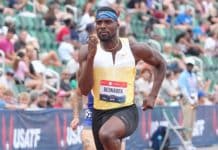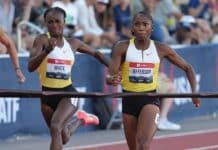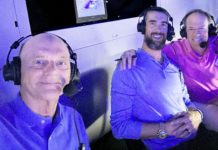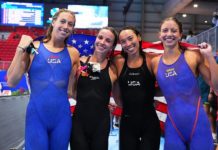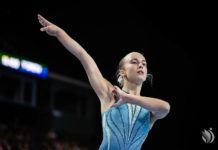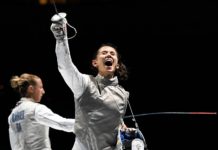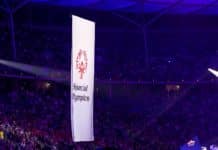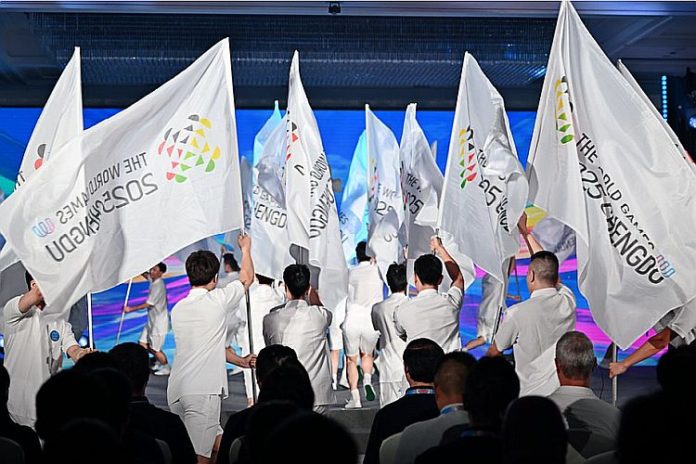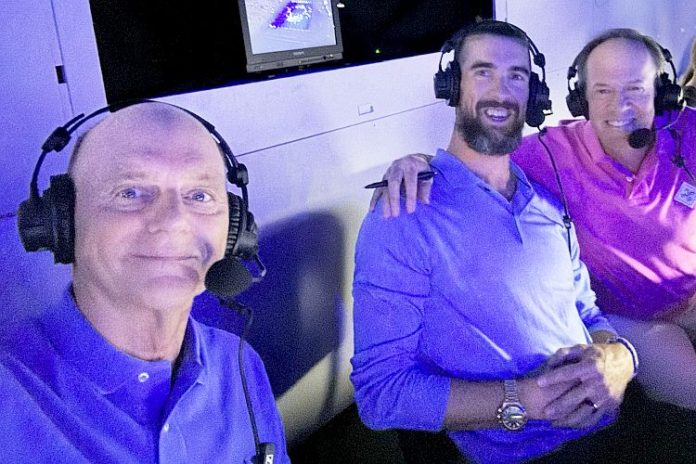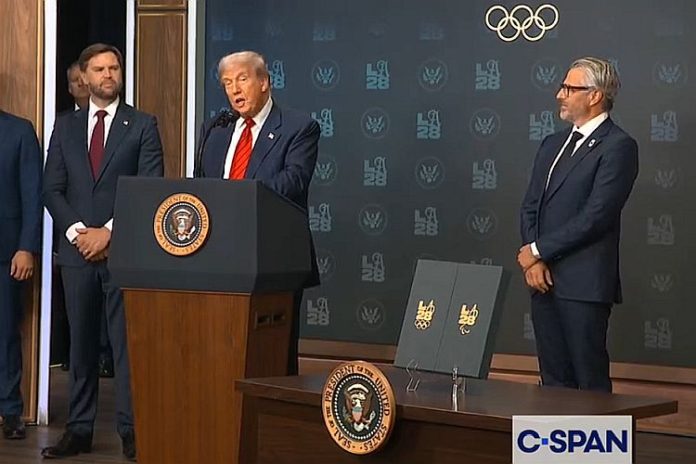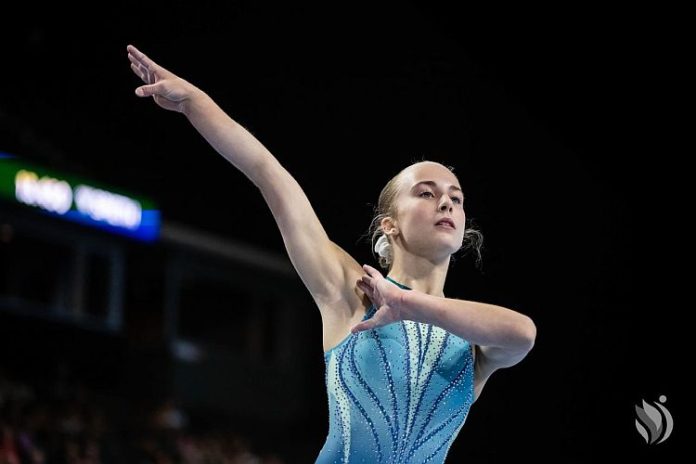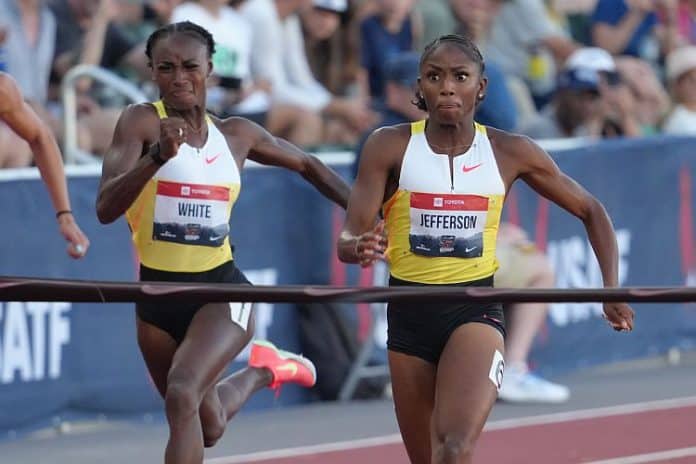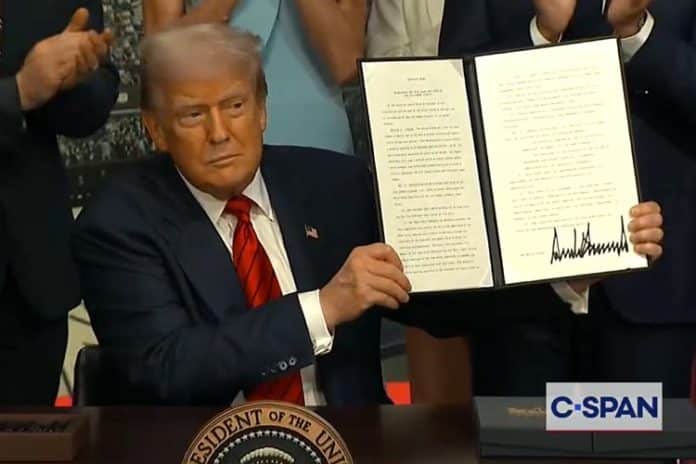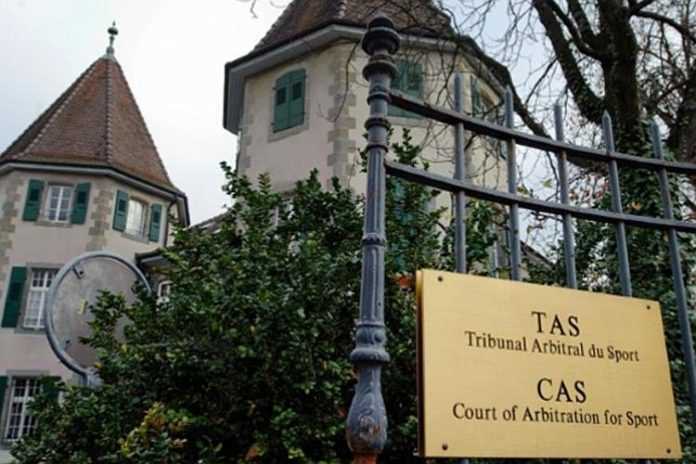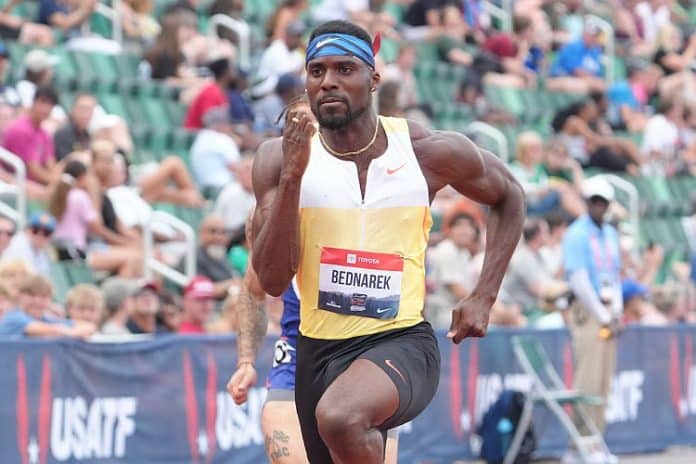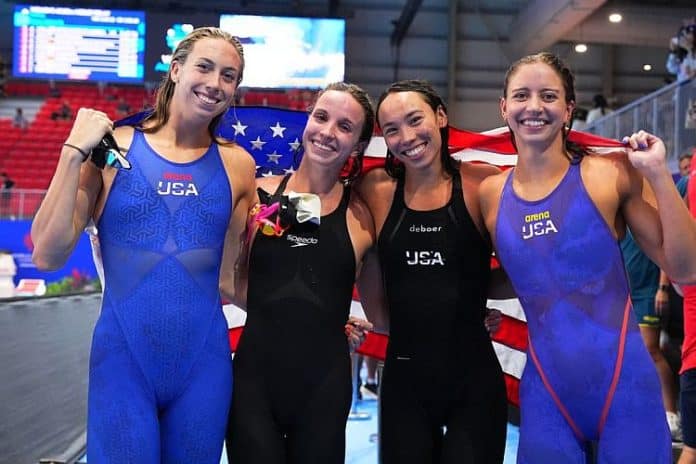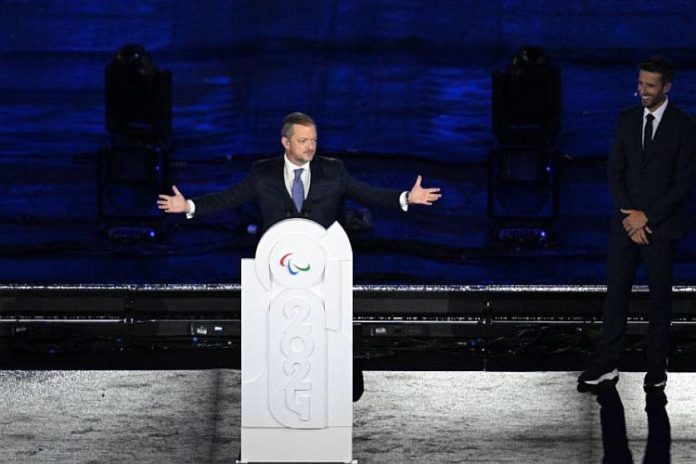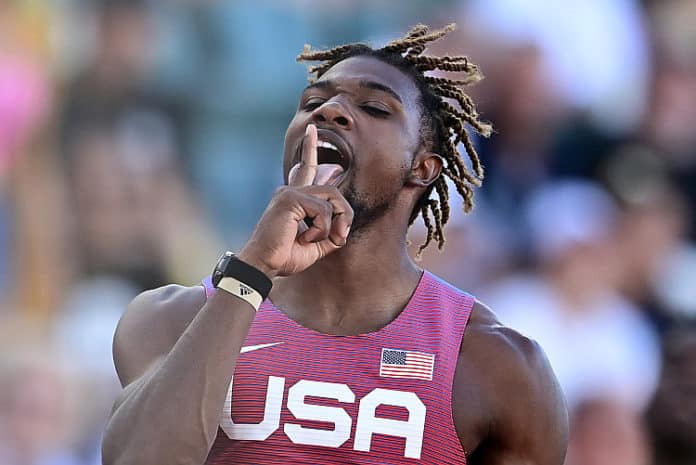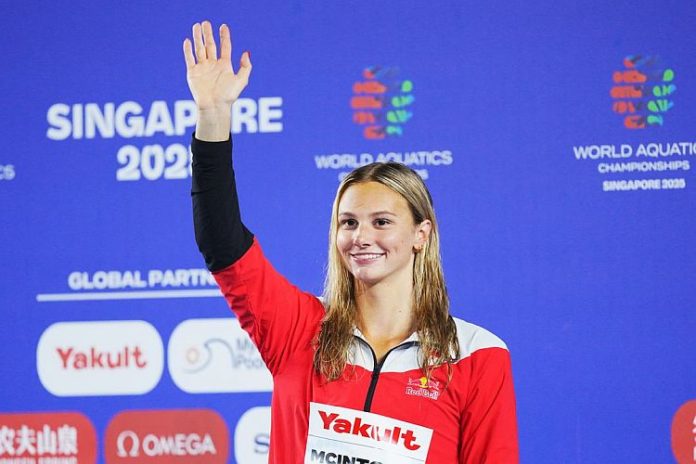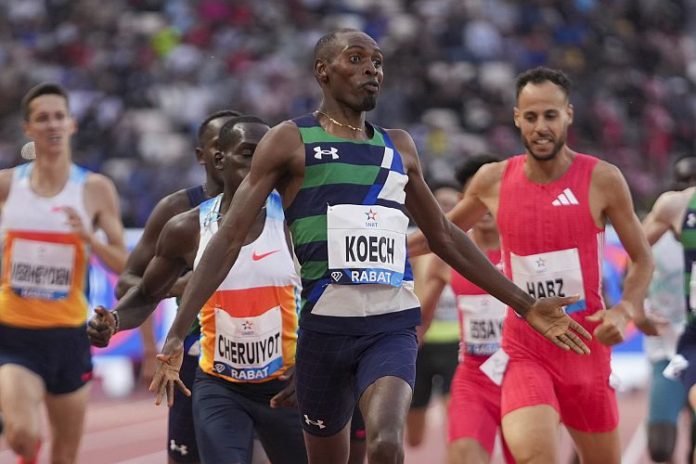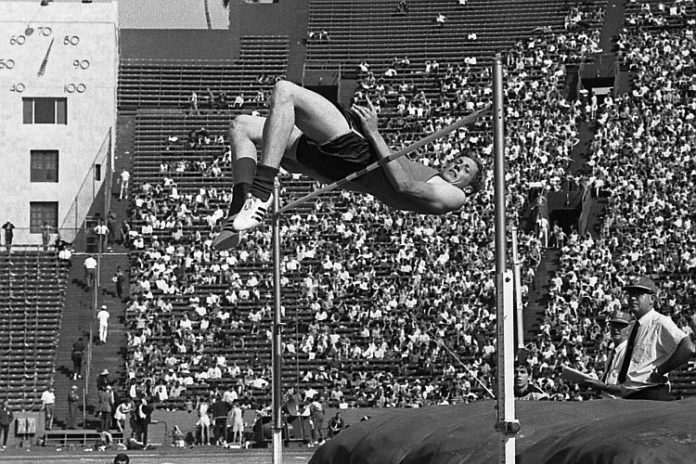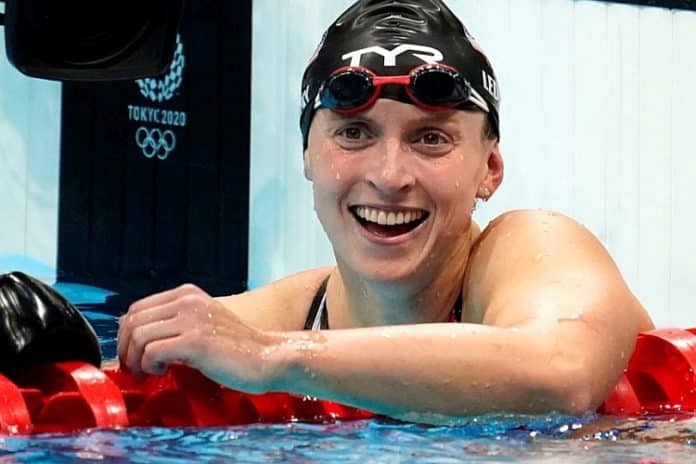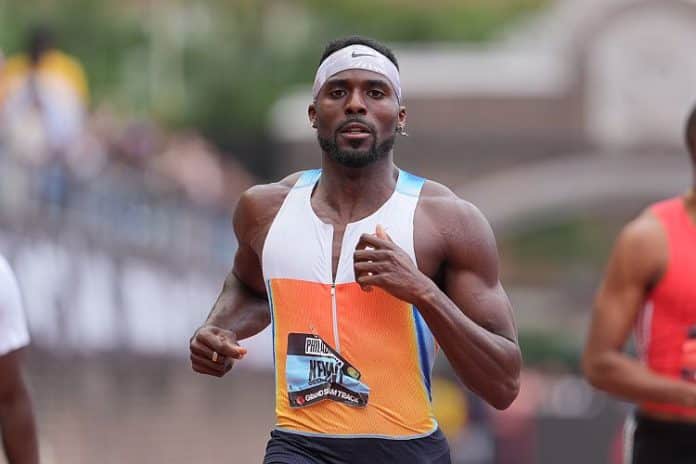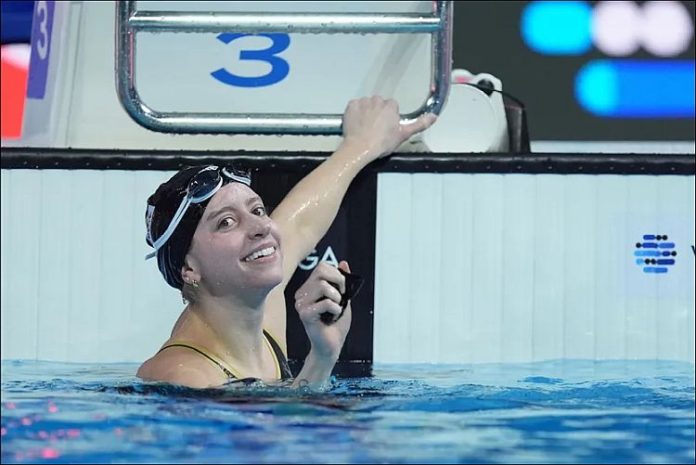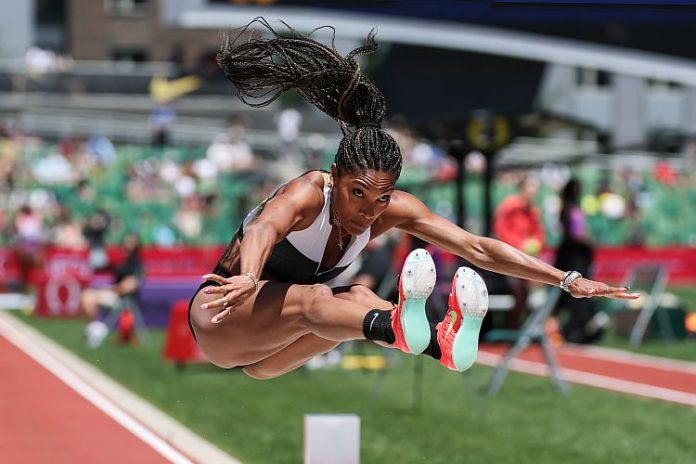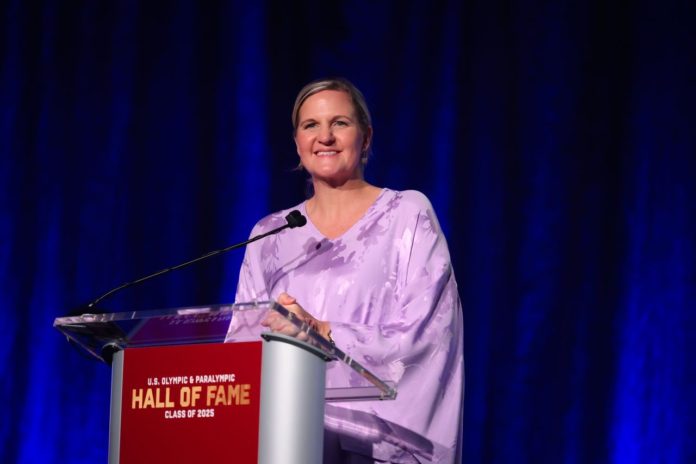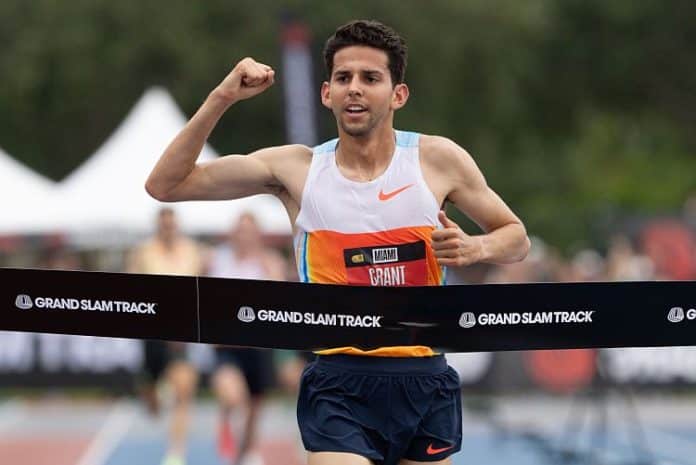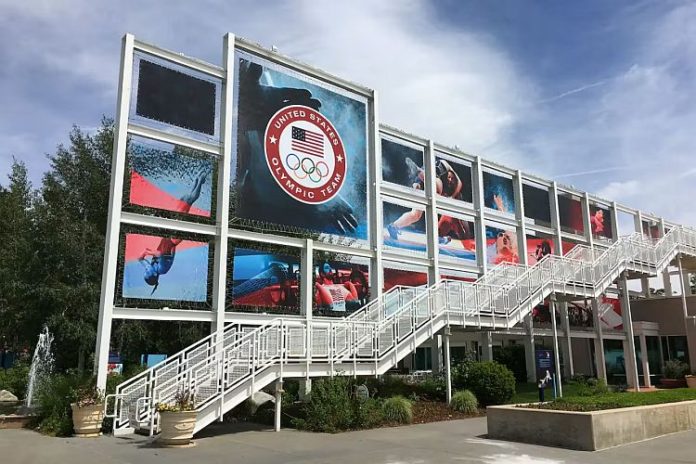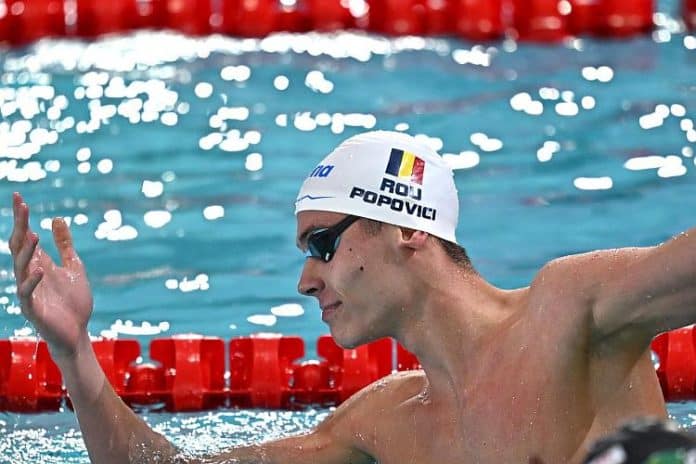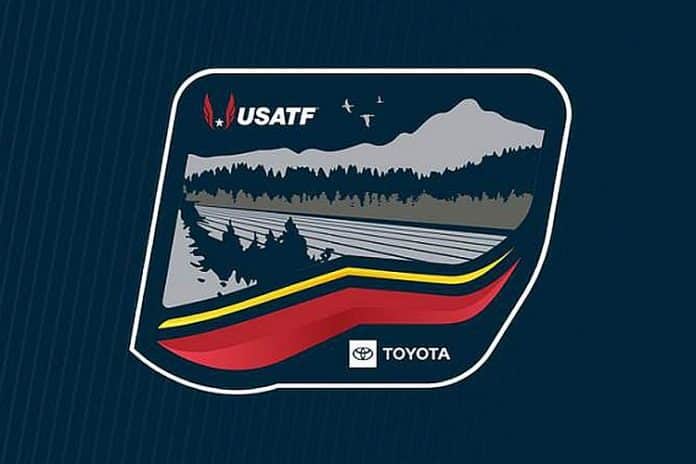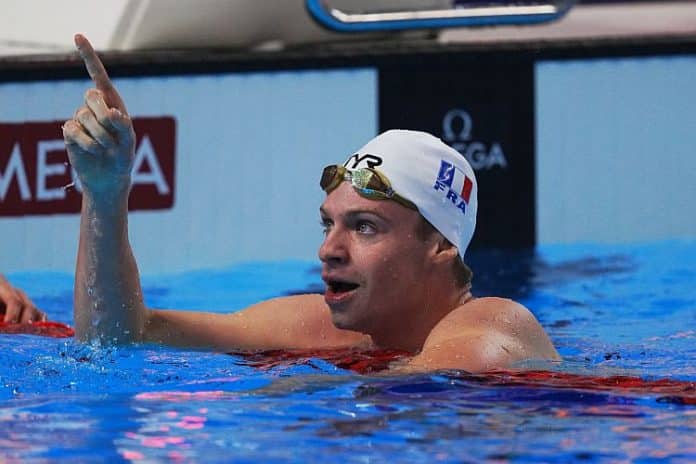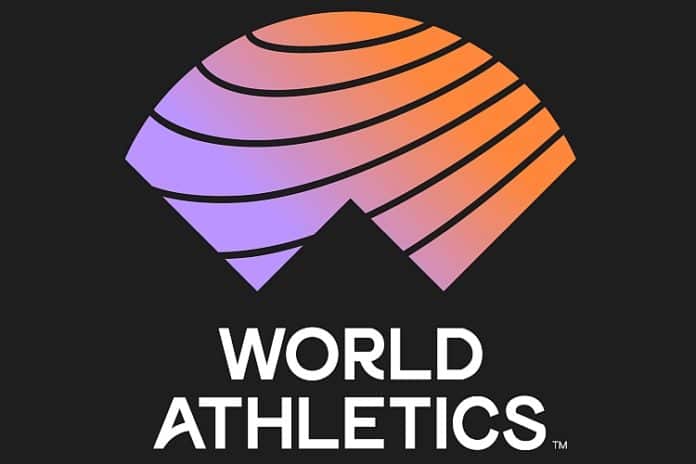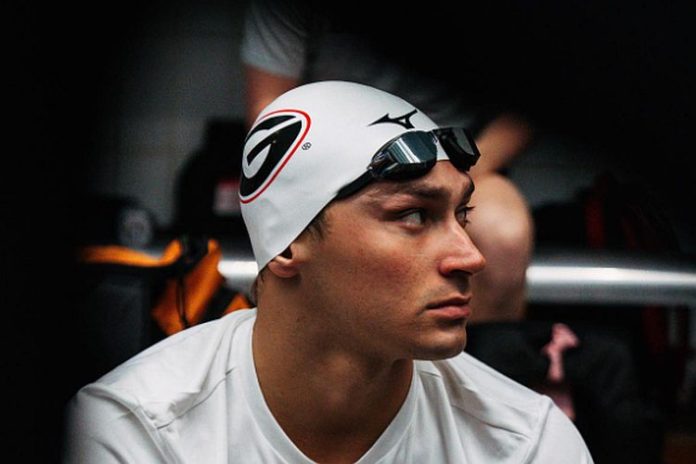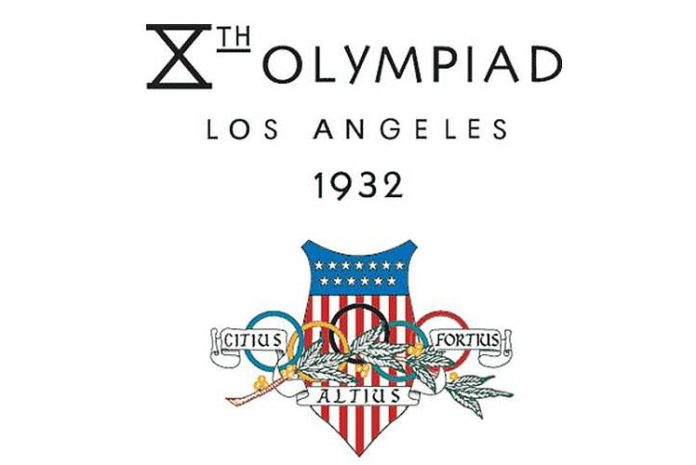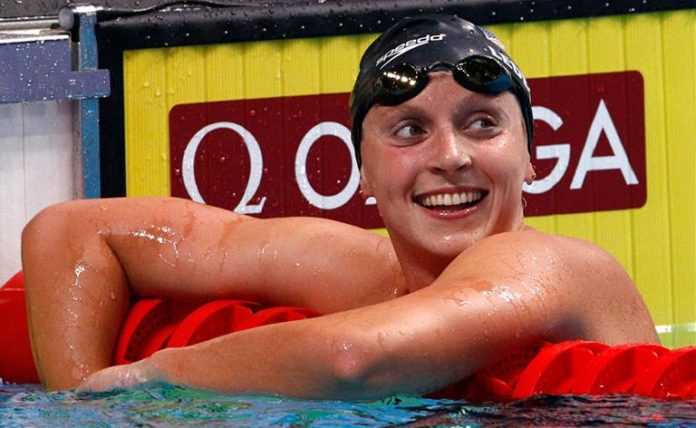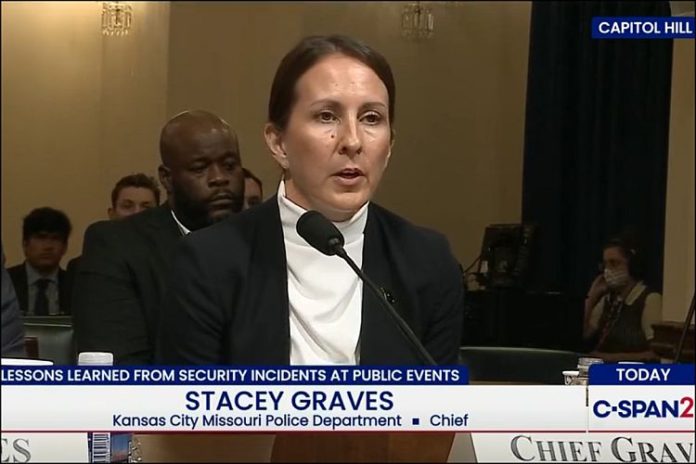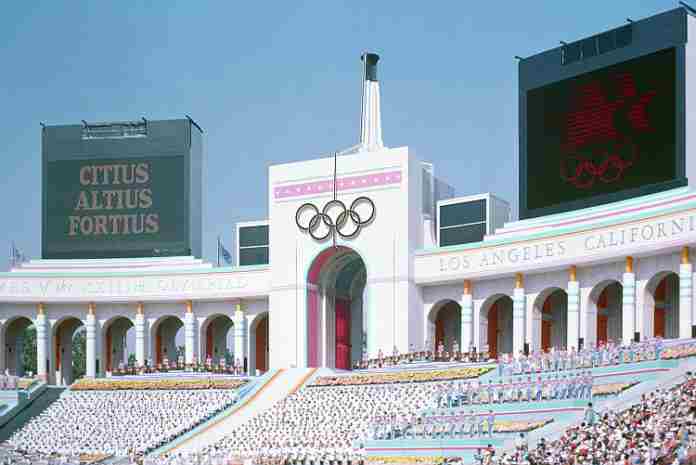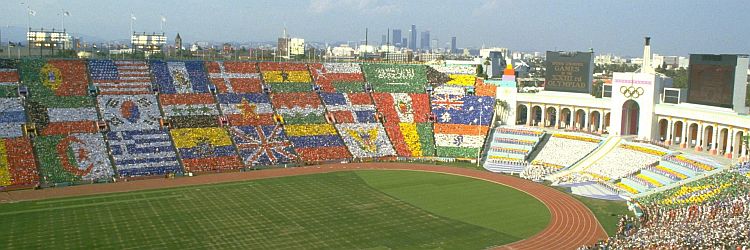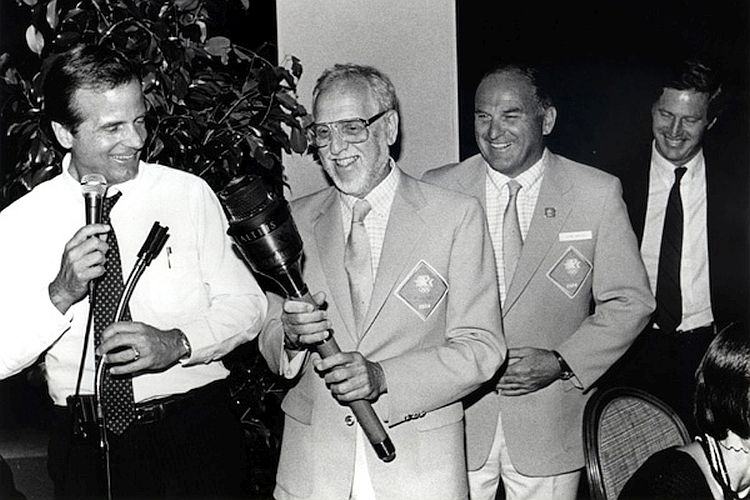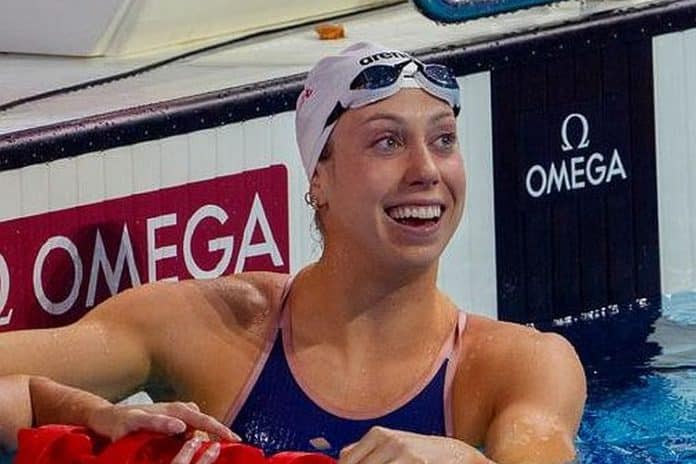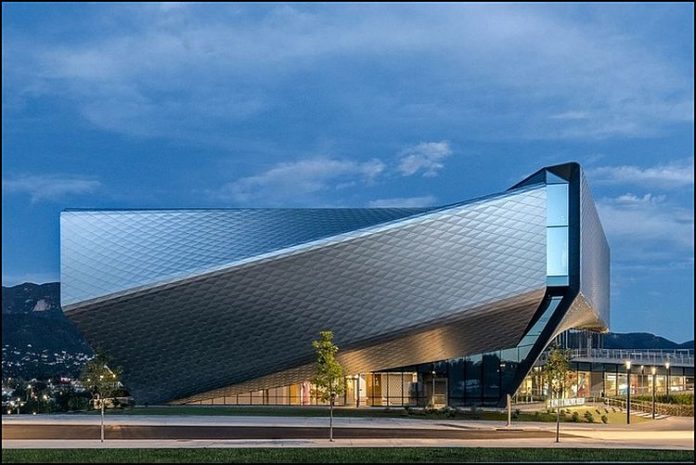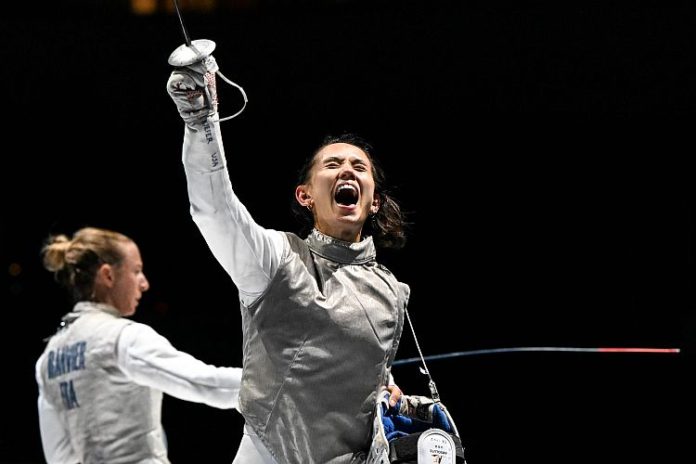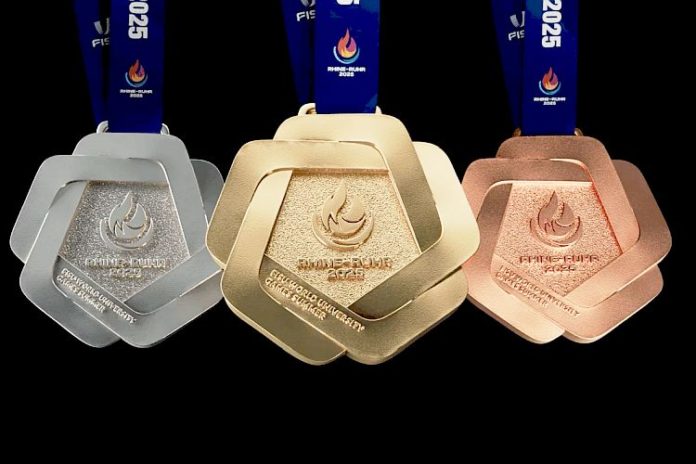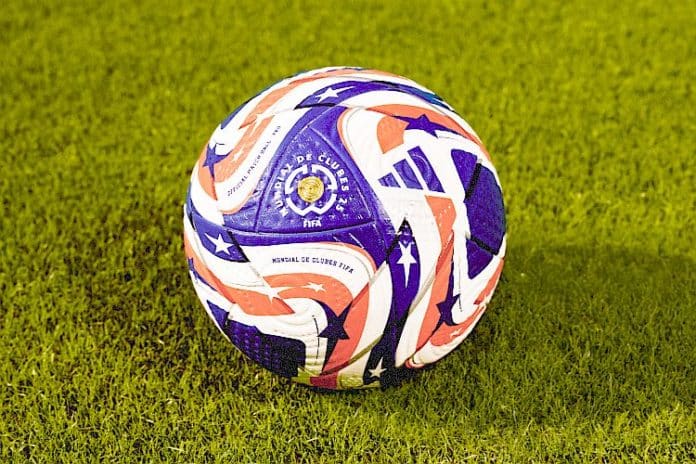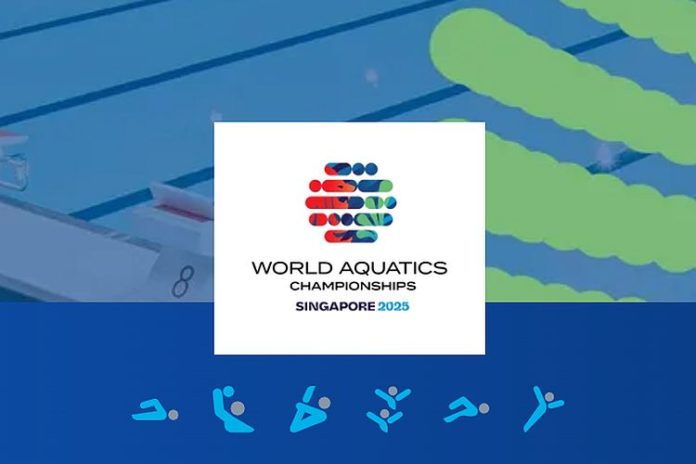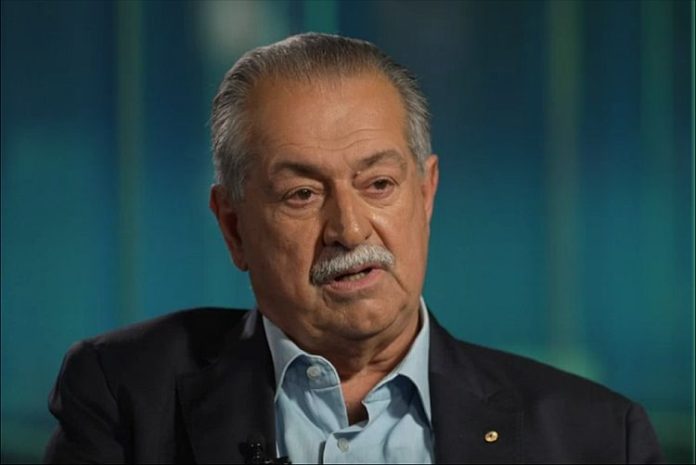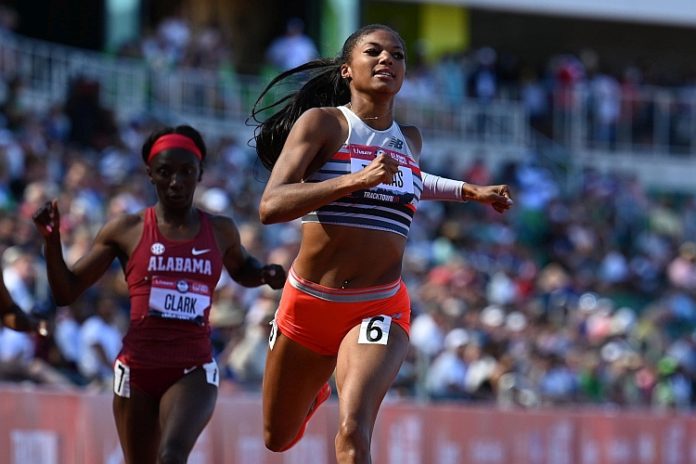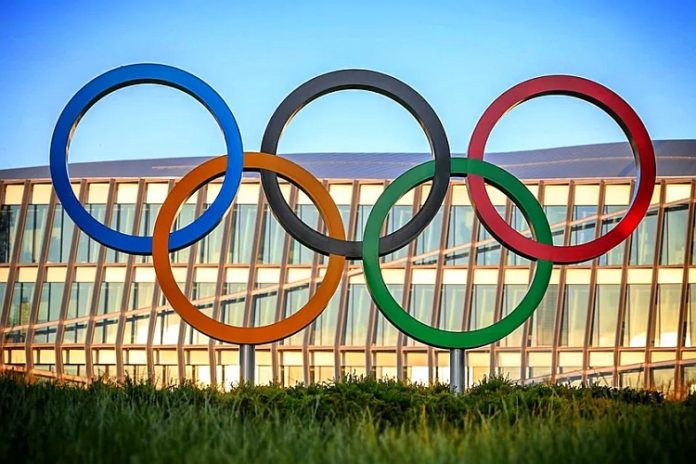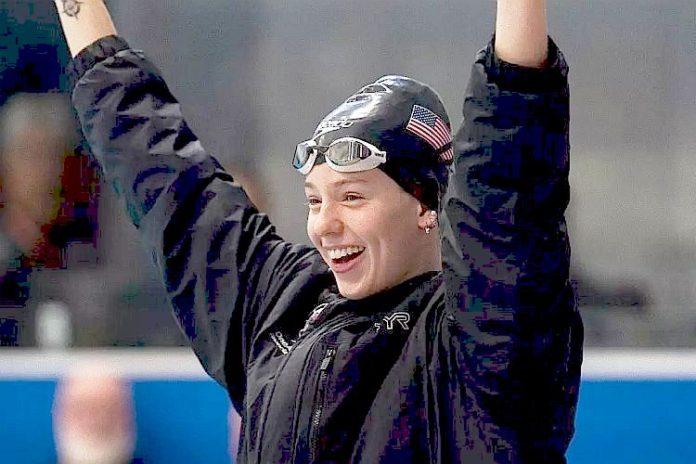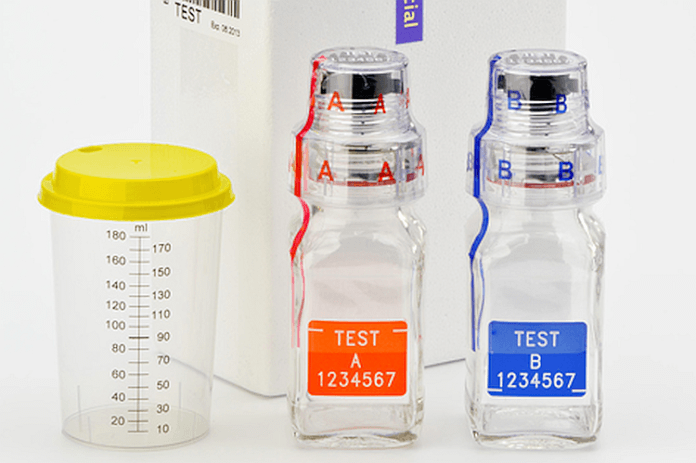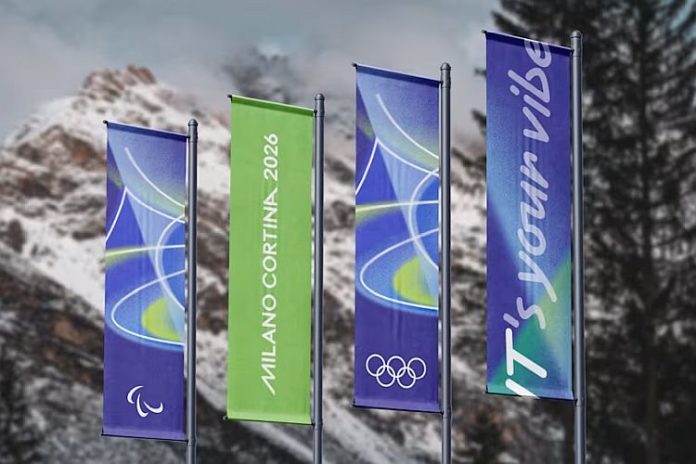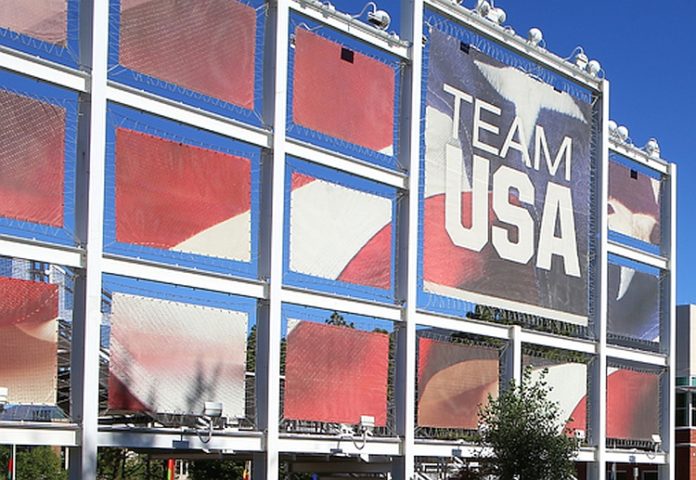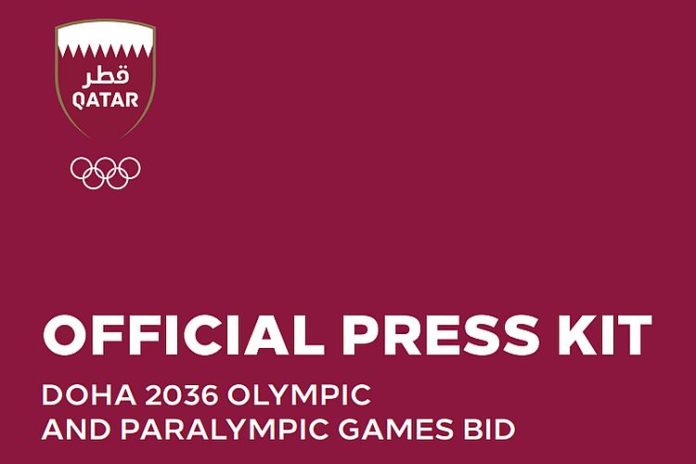★ The Sports Examiner: Chronicling the key competitive, economic and political forces shaping elite sport and the Olympic Movement.★
★ To get the daily Sports Examiner Recap by e-mail: sign up here! ★
≡ USATF NATIONALS ≡
The final day of the 2025 USATF National Championships in Eugene was just crazy. Upsets all over, and statement wins by true champions on a roller-coaster of a day at Hayward Field.
First and foremost:
● Men/200 m: The semifinals were the first events of the day, in cool, 68 F temps, with Courtney Lindsey – second in the 100 – taking off from the gun in the first race and winning easily in 20.08 (wind 0.0), with world leader T’Mars McCallum – third in the 100 – second in 20.37.
Reigning World Champion Noah Lyles was only fourth after 100 m, but roared into the straight and won easily in 19.97 (+1.7), well ahead of 2017 NCAA champ Christian Coleman (20.20) and Kyree King (20.25). Kenny Bednarek, the 100 winner, won semi three in 19.99 (-0.1) from 2024 NCAA runner-up Robert Gregory (20.03).
In third was Erriyon Knighton, the 2023 Worlds silver medalist, in 20.14, advancing to the final on time. He hadn’t been in a meet since April and faced an appeal on 23 June by the Athletics Integrity Unit against his clearance by the U.S. Anti-Doping Agency for a doping positive due to contaminated meat. He apparently cleared that hurdle and ran only his second 200 m of the year.
In the final, McCallum was in five, Bednarek in six and Lyles in seven. Bednarek got off to a good start and passed Lyles outside him. Into the straight, Lyles had work to do, but he moved up from fourth, turned on the jets and got by in the final 5 m in a world-leading 19.63 (+0.2). Bednarek was a clear second in 19.67, with Gregory in a lifetime best of 19.80 and Lindsey was fourth in 19.82; Knighton was fifth in 19.97.
Lyles turned to Bednarek as they crossed the line, had some apparently harsh words for Bednarek and Bednarek pushed him with both hands on the run-out. This was tense.
In the interview, Bednarek simply said they had things to work out between them. This relationship has been salty and it’s getting saltier. The loss was also Bednarek’s first of the year, although he’s now no. 2 on time in the world this year.
● Women/200 m: The semifinals came first, with immediate drama as 2024 NCAA champion McKenzie Long rolled to a 22.12 win in the first race (+0.1) over Deajah Stevens (22.37). But Sha’Carri Richardson, the 2023 Worlds bronze winner, and who ran only her heat of the 100 m, was third off the start and was passed by USC’s NCAA runner-up Madison Whyte, finishing fourth, 22.55 to 22.56; Whyte made the final on time, but Richardson did not.
Olympic bronze medalist Brittany Brown handled the field in semi two in 22.32 (+1.6), well ahead of NCAA winner JaMeesia Ford (22.61), with Cambrea Sturgis third (22.66) and Hayward Field favorite Jenna Prandini, the 2018 USATF winner in fourth in 22.68. Melissa Jefferson-Wooden, fresh off her 10.65 100 win, led semi three from the gun and won in 22.06 (0.0), ahead of Olympic champ Gabby Thomas (22.19), Kayla White (22.23) and Tokyo Olympian Anavia Battle (22.26).
Jefferson-Wooden dominated the final, taking charge on the turn and rolling to the finish with a sensational win, in a lifetime best of 21.84 , now no. 2 in the world for 2025. Behind her, Battle, who has won four Diamond League meets this season, got second in 22.13, but the next three were too close.
At the line, Thomas leaned best and was able to hold off Olympic bronze winner Brittany Brown and Long, all in 22.20, but all within 2/1,000ths: 22.197-22.198-22.199. This was too close.
● Men/800 m: World Indoor winner Josh Hoey got out fast to stay out of trouble and took the bell in a blazing 49.29! American Record man Bryce Hoppel came up on Hoey around the final turn and then it was an all-out sprint with 2019 World Champion Donavan Brazier and Brandon Miller.
Hoey led in the straight, but Hoppel went by and then Brazier – plagued by injuries since that 2019 title – took charge and flew by between Hoey on the rail and Hoppel and rolled to the line in 1:42.16, a lifetime best!
Behind him, high school record holder Cooper Lutkenhaus – 16 – was moving fastest on the outside and stormed past everyone else, getting second in 1:42.27, a world under-18 record in a complete shock. Hoppel stayed in third at 1:42.49, with Hoey fourth in 1:43.06 and Miller was fifth in a lifetime best of 1:43.16.
Brazier moved up to no. 3 in the world for 2025, Lutkenhaus to no. 6; Brazier’s mark is the no. 3 performance in American history and Lutkenhaus is now no. 4 all-time U.S., with the no. 4 performance. Stunning, unexpected and perhaps miraculous.
● Women/Discus: Olympic champion Valarie Allman put everyone on notice in the first round, sailing out to 67.25 m (220-7) in her quest for a 27th straight win. She then ended the discussion with a 69.66 m (228-6) second throw, a mark only she and reigning World Champion Lagi Tausaga–Collins have reached this year.
Tausaga-Collins was a solid second from the first round on, reaching 63.75 m (209-2) on her opener and improving to 64.86 m (212-9) in round three. Then Allman exploded in round four with a 71.45 m (234-5), the no. 3 throw in American history! Allman followed up at 70.28 m (230-7), the no. 10 performance, and then 68.12 m (223-6). She might be the biggest favorite of all in Tokyo.
Tausaga-Collins did not improve, but stayed in second; Gabi Jacobs surprised, moving from seventh to third in the sixth round to 63.33 m (207-9) to get third and on to Tokyo.
There was a lot more drama, of course, in all of the other events (especially the men’s shot):
● Men/5,000 m: This was expected to be a wild race, with Paris 1,500 m winner Cole Hocker leading at 3,000 m, but with more than a dozen in contact.
Hocker still led with four laps left, ahead of Cooper Teare and Olympic bronzer Grant Fisher. When would the break come?
With two laps left, ex-North Carolina star Parker Wolfe moved up into fourth, but it was still too tight. Young moved up towards the lead and then Olin Hacker took the lead over Young with 600 m to go, but Young took the bell in front and in full sprint. Fisher moved up into second, out of a box and was running with Young into the final straight, with six in contention for the top three.
Then Hocker repeated his Paris shocker on the straight, and sprinted past everyone to win on the rail – just like his Olympic 1,500 win – in 13:26.45! Hocker’s final 400 was 51.76.
Fisher ran 52.88 for his final 400 and got second in 13:26.75, with Young finishing third in 13:27.05. Drew Hunter was fourth in 13:27.16, then Teare in 13:27.56 and Wolfe in 13:28.20.
● Men/110 m hurdles: The semifinals saw world leader Cordell Tinch surge over the last three hurdles to edge World Champion Grant Holloway in the first race, 13.11 to 13.18 (-0.1), with Ja’Qualon Scott in third (13.27).
World no. 3 Dylan Beard won semi two, also at 13.11 (-0.1), ahead of Jamal Britt (13.12) and NCAA winner Ja’Kobe Tharp (13.30). Paris Olympian Freddie Crittenden was fifth in 13.40 and did not advance. Trey Cunningham, the 2022 Worlds runner-up, was in front by hurdle two and won race three cleanly in 13.16 (+1.9), with Devion Wilson second in 13.24.
Holloway skipped the final as planned, and Cunningham had the early lead off the gun, fighting with Beard. But as Tinch came on, Cunningham faded and Beard was right there, as was Tharp in lane one. And on the run-in, Tharp was strong to the line and won in a lifetime best of 13.01 (+0.7), no. 3 in the world for 2025. Who saw this coming?
Tinch was second in 13.03 and Beard made the team at 13.04 in third; Cunningham was a frustrating fourth in 13.10.
● Men/400 m hurdles: Olympic champion Rai Benjamin was in lane seven and saw 2024 NCAA champion Caleb Dean take off from the gun. Dean was in front through the first half, then Benjamin took over and ran away with the victory in 46.89, a good time, but not close to his world-leading 46.54.
Dean held on and got second and on the Worlds team in 48.45, then Chris Robinson – another NCAA winner, from 2023 – getting third on the run-in from C.J. Allen, 48.56 to 48.76. The top three all have the Worlds standard and are on to Tokyo.
● Men/High Jump: Only four could manage 2.22 m (7-3 1/4) and at 2.27 m (7-5 3/4), only Tyus Wilson could clear! What? The NCAA indoor champ from Nebraska claimed the national title, but failed on all three tries at 2.30 m (7-6 1/2); he does not have the Worlds standard, so it will be up to the World Athletics Rankings.
Olympic silver winner Shelby McEwen and two-time Olympian JuVaughn Harrison went 2-3 at 2.22 m, finishing ahead on misses against Mississippi’s NCAA outdoor champ Arvesta Troupe. None have the Worlds standard in 2025.
● Men/Triple Jump: James Carter got a lifetime best of 16.93 m (55-6 1/2) to take the lead in round one, but Paris Olympian Russell Robinson took the lead at 17.15 m (56-3 1/4) in the fourth round and was matched by 2024 Trials winner Salif Mane in round five.
Behind them, Carter was passed by 34-year-old Will Claye, who reached 17.09 m (56-1) – his best since 2021! – to get third with Carter fourth. Claye, a two-time Olympic silver winner and two-time Worlds silver man, does not have the Worlds standard and will have to see how the World Athletics Rankings sort out.
● Men/Shot Put: Reigning World Champion Ryan Crouser was out with injury, and two-time World Champion Joe Kovacs took the lead at 22.09 m (72-5) in round two and reached 22.06 m (72-4 1/2) in round three.
But Tripp Piperi, the 2025 World Indoor bronze winner, exploded to 22.29 m (73-1 3/4) – a lifetime best – to take the lead in round four. Then round six came.
Josh Awotunde, the 2022 Worlds bronzer, was fifth, but unloaded a lifetime best when he needed it at 22.47 m (73-8 3/4), one cm off Kovacs’ world leader, and took the lead. Then Payton Otterdahl, the Paris Olympic fourth-placer, got his best of the day and moved into second at 22.35 m (73-4)!
That moved Piperi into third and he did not improve, bringing up Kovacs, now fourth and off the team. He managed 21.99 m (72-1 3/4) and stayed fourth and will not be in Tokyo. Amazing.
Awotunde made his third U.S. Worlds team, after 2022 and 2023.
● Women/800 m: The start was slow, with Nia Akins, the Olympic trials winner, taking the bell in 60.81. Akins stayed in front, with Sage Hurta-Klecker coming on around the final corner, but Addy Wiley, the top entry coming in, got into a tangle with Meghan Hunter and fell back.
In the straight, Akins was trying to hold on, but was passed by Hurta-Klecker and then NCAA champ Roisin Willis powered past everyone to win in 1:59.26. Also flying to the line was Maggi Congdon , who got second in the final step at 1:59.39, with Hurta-Klecker third (1: 59.48) and Akins in the dreaded fourth spot at 1:59.52. Wiley was ninth in 2:02.14.
● Women/5,000 m: Annie Rodenfels had the lead at 3,000 m, with everyone still in contention, at 9:30.29. Emily Venters had the lead with three laps to go, then Josette Andrews took the lead and got everyone’s attention, with two-time Olympian Elise Cranny and Karissa Schweizer close behind.
Seven broke away and Andrews took the bell, ahead of Cranny, Schweizer and three-time winner Shelby Houlihan. Bailey Hertenstein moved hard and took the lead with 200 to go and Houlihan moved up into second. Into the straight, Houlihan ran away and won easily in 15:13.61, with a 61.85 last 400 m. After serving her four-year doping suspension, Houlihan won the World Indoor 3,000 m silver in March and is now on her third Worlds outdoor team.
Cranny moved hard for second in 15:14.26 and Andrews was a clear third in 15:15.01. Weini Kelati got fourth (15:15.89) and Hertenstein was fifth in 15:16.54.
● Women/400 m hurdles: Olympic silver medalist Anna Cockrell moved fastest off the start, just ahead of Rio 2016 champ Dalilah Muhammad, one lane to her outside in seven.
But Muhammad surged and had control of the race around the turn, held on on the straight and won in 52.65, over Cockrell (52.89) and Olympic fourth-placer Jasmine Jones in third in 53.23. Muhammad has said this will be her last season …but why?
South Carolina’s Akala Garrett, the NCAA runner-up, was a distant fourth in 55.66.
● Women/Vault: The four everyone expected to contend for the Tokyo team cleared 4.73 m (15-6 1/4) and it was on. Tokyo Olympic champ Katie Moon and two-time World Indoor champ Sandi Morris led, with twins Amanda Moll (NCAA indoor champ) and Hana Moll (NCAA outdoor champ) in places 3-4.
The bar went to 4.83 m (15-10) and Morris was the only one to clear and took the victory, with Moon second and Amanda Moll third on fewer misses vs. sister Hana. Both will go as Moon has an automatic entry as the 2023 Worlds winner. For Morris, it’s a ninth national title, indoors and out.
There will be a lot of attention to the next edition of the World Athletics Rankings on Wednesday to see who will make it to Tokyo. The international circuit starts up again next week, with the next Diamond League meet the following week on 16 August in Chorzow (POL).
¶
★ Receive our exclusive, weekday TSX Recap by e-mail by clicking here.
★ Sign up a friend to receive the TSX Recap by clicking here.
★ Please consider a donation here to keep this site going.
For our updated, 699-event International Sports Calendar for 2025, 2026 and beyond, by date and by sport, click here!




